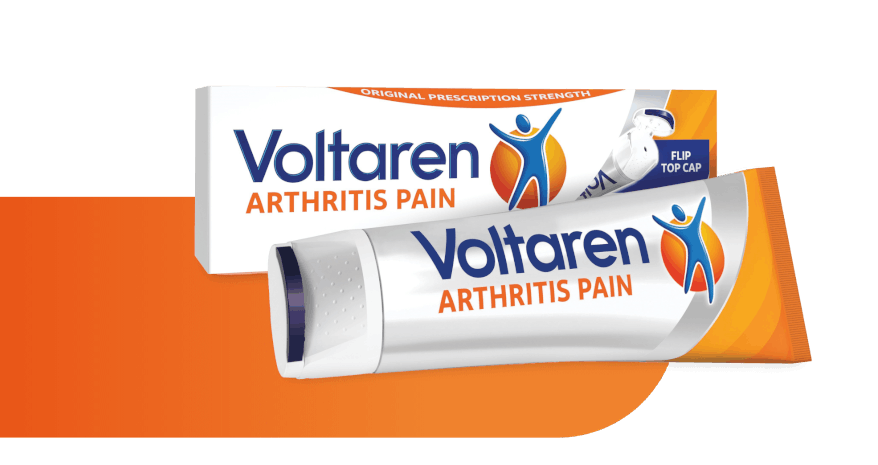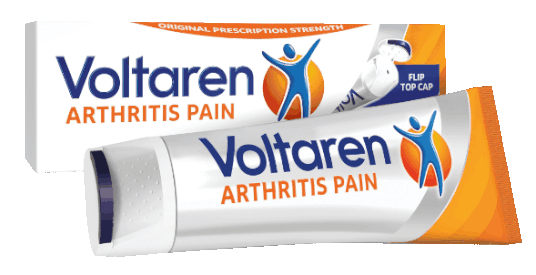Foods to Help Lessen Arthritis Symptoms
/Table-with-a-variety-of-fruits-vegetables-fish-and-nuts.jpg?auto=format)
Arthritis, the swelling and tenderness of one or more joints, can cause joint pain and stiffness that makes walking, running and jumping challenging.1 Over-the-counter medications and exercises for arthritis can provide pain relief, and lifestyle changes may also help.1 There’s no miracle diet for arthritis, but many foods can help fight inflammation and may help improve joint pain.3 A nutritious diet is not only great for your overall health, but foods like fruits, vegetables, fish, nuts, and beans may have anti-inflammatory properties that can help your arthritis symptoms.2
Foods to Help Arthritis
Many claims have been made about the influence of dietary habits and nutritional supplements on arthritis.2 Although some of these claims are not supported by medical evidence, many healthy foods have been shown to have anti-inflammatory properties that can help arthritis.2
Benefits of an Anti-Inflammatory Mediterranean Diet
A Mediterranean diet is based around eating vegetables, lean fish and shellfish, whole grains and plant-based fats.4 The foods that comprise this diet can help to improve your arthritis pain through the following benefits:3
- Reduce blood pressure
- Lower inflammation
- May lead to weight loss, which can lessen joint pain
Fruits and Vegetables
Fruits and vegetables contain antioxidants that act as the body’s natural defense system.3 Foods such as broccoli, spinach, lettuce, kale and cabbage are high in Vitamin K, which can reduce inflammatory markers in the bloodstream.3 Citrus fruits like grapefruits, oranges and limes are also rich in vitamin C. Getting the right amount of vitamin C can aid in maintaining healthy joints.3 Aim for seven to nine servings each day.2
Omega-3 Fatty Acids
Omega-3 fatty acids have shown some benefits in inflammatory arthritis and have other health benefits like the prevention of heart disease.2 The best sources are fish like salmon, sardines, mackerel, herring and tuna.2,3 Three to four ounces of fish twice a week is recommended.3 Other, less potent sources of omega-3 include flaxseed oil, walnuts, and green leafy vegetables such as spinach, kale and lettuce.2,3
Nuts and Seeds
Studies have shown that nuts are packed with inflammation-fighting monounsaturated fat.3 Although nuts are relatively high in fat and calories, eating nuts can promote weight loss because their protein and fiber are satiating.3 Try walnuts, pine, nuts, pistachios or almonds. Eat about one and a half ounces of nuts each day.3
Foods with Fiber
Fiber can help you maintain a healthy weight, which helps take pressure off your joints.3 Some studies have also shown that fiber and fiber-rich foods can help lower blood levels of CRP, an inflammatory marker.3 Whole grains and beans contain plenty of filling fiber. Small red beans, red kidney beans and pinto beans rank among the US. Department of Agriculture’s top four antioxidant-containing foods.3 Try to eat at least three ounces of whole grains per day and about one cup of beans twice a week or more.3
Vitamin D
Studies have linked low blood levels of vitamin D with an increased risk of arthritis.2 Experts advise 1,000 International Units (IU) of vitamin D per day, but you should always read the product label or talk to your healthcare provider to determine the right dose for you.2 Foods rich in vitamin D include oily fish, fortified milk and orange juice. Most people will need to supplement their diets with vitamin D.2
What Are Nightshades, And How Do They Impact Arthritis?
If you’re looking to manage your arthritis pain, a common question you might have is whether certain vegetables, such as eggplant, tomatoes, red bell peppers and potatoes can exacerbate arthritis symptoms. These vegetables fall into a category known as nightshades.3
The relationship between nightshade vegetables and arthritis is complex. While these vegetables contain plenty of nutrients, some experts believe that a naturally occurring chemical named solanine can trigger arthritis pain.3
If you find that your arthritis symptoms are better after avoiding nightshades, then you may choose to consider eliminating nightshades from your diet for a few weeks, then slowly add them back into your diet to gauge your own symptoms.3
Arthritis pain can make your day-to-day life challenging, but there are several ways you can improve your symptoms. Aside from a healthy diet and regular exercise, over-the-counter medication may help. Topical nonsteroidal anti-inflammatory (NSAID) gel like Voltaren Arthritis Pain Relief Gel targets pain directly at the source to provide powerful arthritis symptom relief. Find out more about the product and explore articles on natural remedies for arthritis pain relief from Voltaren.
Related Articles

How to Relieve Arthritis Pain
You can take control of symptoms in a few ways: by exercising daily, eating healthy, and using hot or cold packs. Taking these lifestyle tips into consideration can help make life a little easier.

The Effects of Aging on the Body
Just because your body is aging, it doesn't mean you can't feel young! Learn the effects of aging on the body and what exactly you can do about it.
See How Voltaren Can Help
Save Money on Your Next Purchase.
Feel The Joy Of Movement
No matter the day, the hour, or what you’re doing, embrace the joy of movement with the help of specialized products from Voltaren: powerful gel for arthritis pain † or drug-free, dietary supplements for healthy joints.*

For Arthritis Pain Relief

For Healthy Joints*
†Use as directed. Voltaren is approved for treatment of arthritis pain.
Dietary supplements from Voltaren are not intended to treat arthritis pain.
*These statements have not been evaluated by the Food and Drug Administration. These products are not intended to diagnose, treat, cure or prevent any disease.



